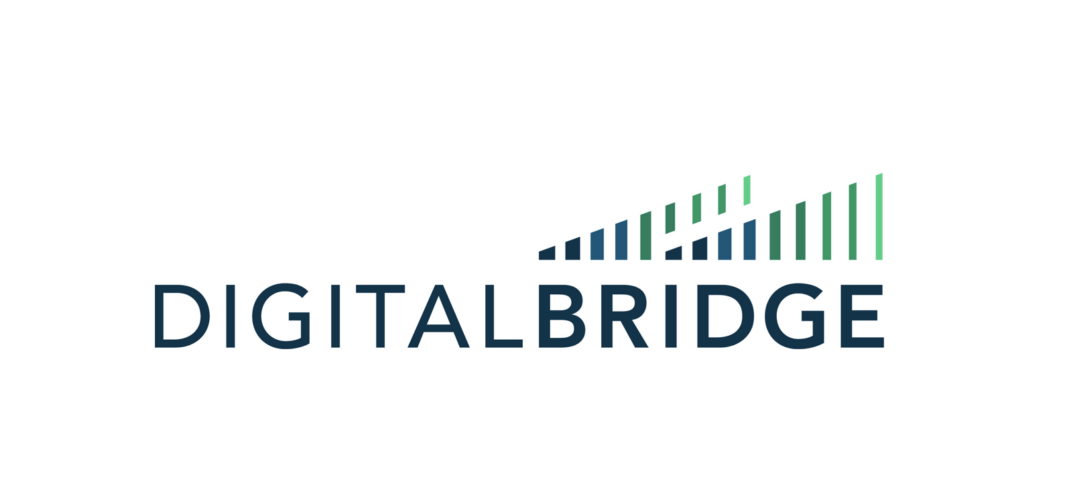For DigitalBridge Group (NYSE: DBRG), data centers are a significant part of its growth trajectory. At the end of the quarter, the company had investments in 10 portfolio companies, led by Switch, Scala, Vantage and DataBank, that own and operate nearly 300 data center and edge infrastructure facilities in the U.S., Canada, South America, Europe, and Southeast Asia.
The company’s 2024 guidance included over $11 billion in data center capex globally based on bookings during 2023 and early 2024. One DigitalBridge portfolio company recently signed a 100+ megawatt lease, adding another $1 billion in incremental capex.
“With roughly 2.2 gigawatts under construction at $10 million a megawatt, that’s over $20 billion over the next few years in new capex commitments,” states Marc Ganzi, DigitalBridge CEO, during the company’s 1Q24 earnings call. While the data centers have power supply commitments for the 2.2 GW under construction, Ganzi points out that the order pipeline is over 5 GW today and growing. Citing finite power capacity for data centers in the U.S. and Europe, he raised the flag saying, “We’re kind of running out of power in the next 18 to 24 months.”
He emphasizes that power generation is not the problem. Rather, it is the power transmission and distribution grid that is capacity constrained. And obtaining permits and approvals to construct new transmission towers or substations is a long, arduous process.
According to Ganzi, the solution lies in finding ways to bring power generation and data centers closer together. One, build data centers closer to new or existing power generation like hydro, solar, natural gas, or wind. He says this approach adapts to AI training models since these workloads are less latency sensitive and can be located further away from enterprises or consumers during the AI model training phase.
Alternatively, bring power closer to where data centers are needed. This step will be increasingly important as applications move to the AI inference phase, where trained AI models are deployed at scale by enterprises and in apps used by consumers. Ganzi argues that both approaches will be necessary to meet the demand for new power capacity, and no one solution fits all.
Renewable energy sources such as wind and solar are playing an increasing role in meeting data center power demand that Ganzi suggests is getting much interest from the portfolio companies, customers and investors.
As a seasoned tower executive, Ganzi points out that towers ultimately are the delivery mechanism as GenAI applications move to the mobile edge and to devices.
“You’re going to see absolutely more data consumed at the cell site level,” he explains. “You’re going to see more pressure on the handset, and you’re going to see these applications migrate from the enterprise, from the office, to the edge, to IoT networks, to mobility, to cars, and all things related to logistics and transport. The only way that you can make GenAI work in a mobile framework is through towers.”
As such, he expects another investment cycle to take place in towers.
By John Celentano, Inside Towers Business Editor





Reader Interactions